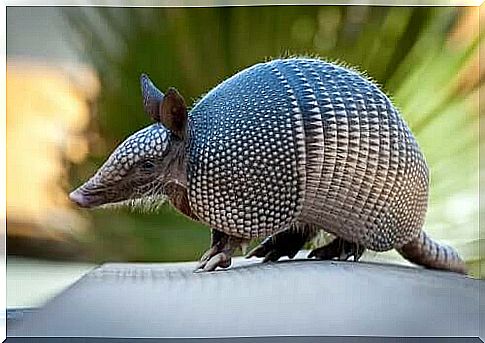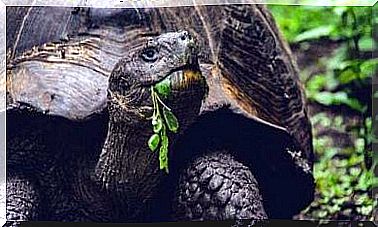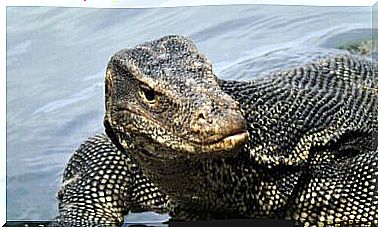The Armadillo, A Very Special Animal

The armadillo is a small animal that surprises anyone who sees it for the first time. But since it lives only in parts of the Earth, it is likely that many of us don’t know much about this mammal. We will fix it immediately!
Everything you need to know about the armadillo
The armadillo is a small mammal that belongs to the Dasypus group, and of which there are 20 different species in the world. A fact that few people know, but there are differences between these species, such as the time they go out in search of food.
Although most do this at night, some species prefer to forage for food during the day. We invite you to discover this curious and particular animal even better.
The armadillo: characteristics
The body of the armadillo certainly catches the eye, as it is composed of some hard plates that create a kind of armor, similar to the carapace of a turtle, but with mobility. The shape of the head, elongated, reminds us of the anteater, with which it is thought to be related.
It has long, pointed ears, oval in shape, and also covered with small bony plates that protect them. The armadillo’s desire seems to be to protect its soft spots at all times, especially since they are particularly weak.
Its color is in harmony with the habitat in which it lives, in fact it has neutral tones and not at all gaudy. This allows it to hide from possible predators. Its name derives from the Spanish explorers, who, seeing the body of this animal similar to the armor they wore, decided to nickname it in this way (from the Spanish “armadura”).

The most common species of armadillo is small in size and weighs between two and three kilos; despite this, there is the giant variety that can reach 50 kilos and measure up to one meter in length. Conversely, the pink armadillo measures between 7 and 11 centimeters.
These animals have teeth, but they cannot chew because they have no nose. In the paws they have claws that help them dig the earth to build their burrows.
Armadillo habitat
Typically the armadillo lives in caves, holes, pastures or tropical forests. It is very sensitive to low temperatures, which is why it is seen more frequently in Latin America, from the southern United States to Argentina. The largest population of armadillos is present in Paraguay.
Behavior and character
It is an animal with nocturnal habits and very shy, which lets itself be guided by the sense of smell, thanks to which it identifies any danger or examines any situation to go out in search of food or to carry out another activity.
It feeds on ants, insects and larvae, but also on small invertebrates. It is not an aggressive animal and does not pose a threat to humans, but since many natives continue to eat its flesh, in most cases they run away at the sight of a human being. In no case do they use claws to attack.

When an armadillo feels threatened, it curls up and hides in its carapace in order to cover all its soft parts and ensure its integrity.
The armadillo: health and life expectancy
It is believed that, like rabbits and other rodents, armadillos can also contract mange, although this usually occurs in the presence of low temperatures, which the armadillo avoids. Its life expectancy changes depending on the conditions in which it lives, whether in the wild or in captivity.
When he lives in freedom, he rarely exceeds 16 years of life; in captivity, on the other hand, there are cases of some specimens that have reached the age of 20. Obviously this difference is due to the special care he receives in captivity and which is impossible for him to obtain in the wild. Added to this is protection against predators.
Did you like to learn more about the armadillo, this very particular animal?









